We explain what the peripheral nervous system is and what its functions are. In addition, its characteristics and possible diseases.
What is the peripheral nervous system?
The nervous system is the set of organs made up of nervous tissue . It is used to capture and process both external and internal stimuli and also to regulate the movement of muscles and the functioning of the rest of the body.
The nervous system is divided into
- Central Nervous System (CNS). Made up of the brain (commonly called the cerebrum ) and the spinal cord .
- Peripheral Nervous System (PNS). Formed by the nerves and neurons that extend throughout the body , linking organs and muscles with the CNS.
Somatic nervous system
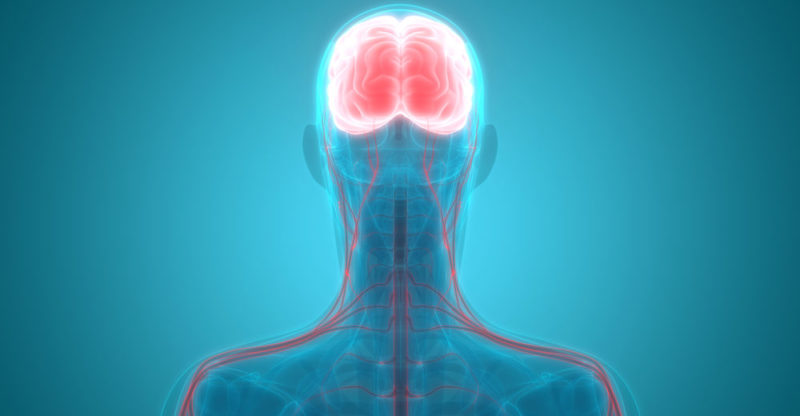
The somatic nervous system (SNS) is the part of the PNS that transmits sensory information from sensory receptors to the CNS.
It is also responsible for transmitting information from the CNS to the muscles to perform voluntary movements.
It is composed of:
- Nervios spinal. Also called medullary, they join the spinal cord with the extremities of the whole body (except the neck and the head)
- Cranial nerves. They link the CNS with the muscles and sensory receptors of the neck and head.
-
Autonomic nervous system
It is responsible for regulating the heart and respiratory rate , the contraction and dilation of blood vessels , the size of the pupil, the secretion of various glands (collaborating with digestion, salivation and sweat, among other processes), urination and sexual arousal.
It's divided in:
- Sympathetic nervous system. It is activated in times of stress and prepares the entire body to respond quickly, for example by increasing the heart rate.
- Parasympathetic nervous system. It remains active during the normal functioning of the body, favoring processes such as digestion .
Sensory function

This function of the PNS is carried out mainly by the somatic system and is afferent because it sends information from the organs and extremities to the CNS.
Thanks to this function, the CNS receives information about the sensations of touch , temperature and pain.
-
Locomotor function
This function is efferent since it sends information from the CNS to the muscles . Effectors are the specialized nerve cells that react to this information by stimulating the muscles to perform a movement.
Regulatory function
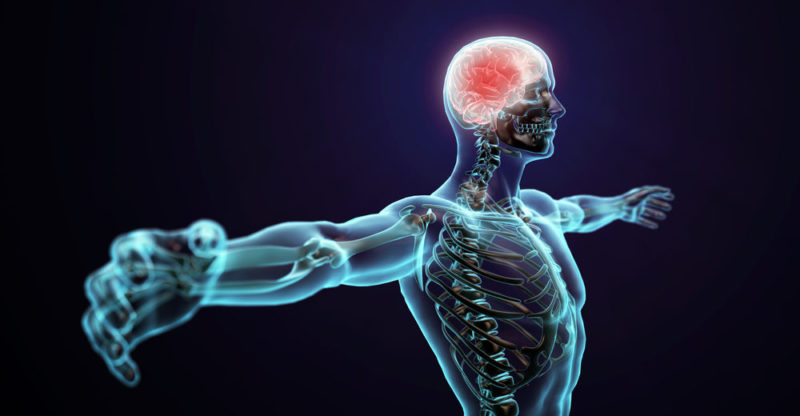
The third function of the SNP is to regulate different processes of the organism such as respiration , digestion and excretion , among others.
These functions are performed exclusively by the autonomic system , in both the sympathetic and parasympathetic divisions.
The autonomic nervous system sends information about the state of the internal organs to three sectors of the CNS: the nerve centers of the spinal cord, the brain stem, and the hypothalamus.
The CNS reacts by sending signals to specific effectors so that they stimulate glands that initiate the secretion of substances.
-
Vulnerability
But also, because it extends in ramifications towards the skin and organs that are in contact with external substances (such as the mouth, eyes, lungs), it is also vulnerable to chemical damage caused by toxins from the external environment.
Neurons
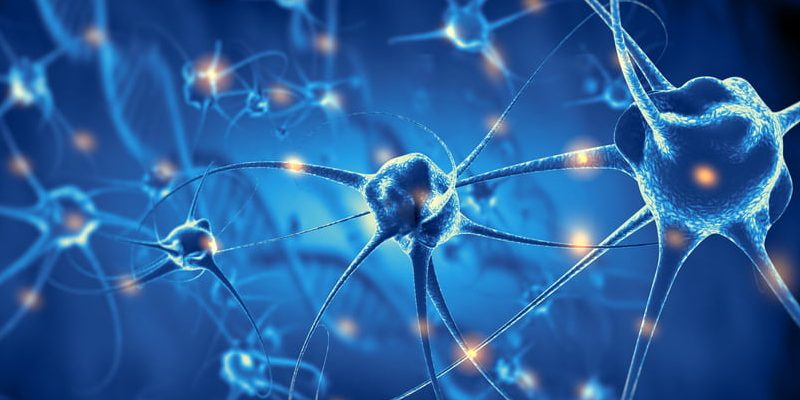
Neurons are the specialized cells that make up the entire nervous system , both central and peripheral.
Furthermore, each part of the nervous system contains even more specialized neurons depending on their function. In the PNS we find
- sensory neurons. They are afferent neurons that are found in sensory receptors and receive stimuli from the external environment. For example, retinal (eyes) and olfactory (nose) neurons.
- motor neurons. They are connected to the muscles and activate their movement when they receive the order from the CNS.
-
Nerves
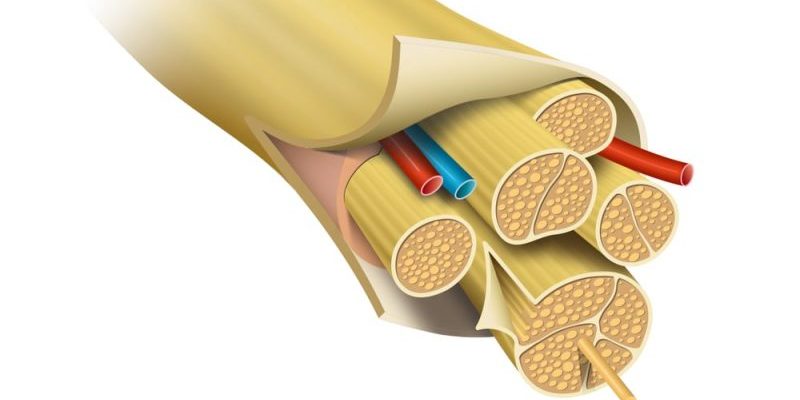 Nerves are a bundle of axons . Axons are called extensions of the neuron that conducts the nerve impulse.
Nerves are a bundle of axons . Axons are called extensions of the neuron that conducts the nerve impulse.The nerves form long cords that allow communication of the peripheral nervous system throughout the body and with the CNS.
Plexuses
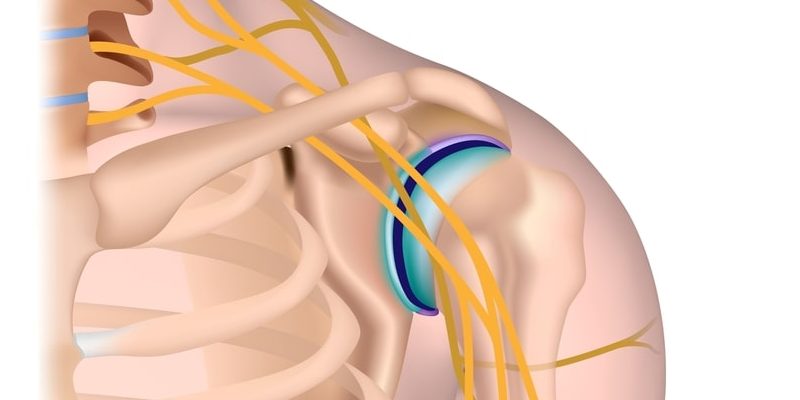
Plexuses are networks of nerves grouped into a single bundle of nerve fibers. The main nerve plexuses are:
- Cervical. Connect the neck, shoulders and head.
- Brachial. It innervates part of the shoulders and upper limbs.
- Lumbar. It innervates the abdomen, external genitalia, and part of the legs.
- Sacrum. It connects part of the legs, the buttocks and the perineal region.
- Coccygeal. It innervates the entire sacrococcygeal region.
-
Diseases
Radiculopathies have easily detectable symptoms such as paresthesia (tingling), pain, decreased or atrophic reflexes.
On the other hand, when diseases affect the nerve plexuses, they can cause paralysis as they affect the mobility of entire sets of muscles.
The above content published at Collaborative Research Group is for informational and educational purposes only and has been developed by referring reliable sources and recommendations from technology experts. We do not have any contact with official entities nor do we intend to replace the information that they emit.
Veronica is a culture reporter at Collaborative Research Group, where she writes about food, fitness, weird stuff on the internet, and, well, just about anything else. She has also covered technology news and has a penchant for smartphone stories. .
Leave a reply
Your email address will not be published. Required fields are marked *Recent post

Sport: What Is It, Types, Risks, Features, Characteristics and Examples

Dogs: Emergence, Features, Characteristics, Feeding and Breeds

Story: Definition, Elements, Structure, Features and Characteristics

